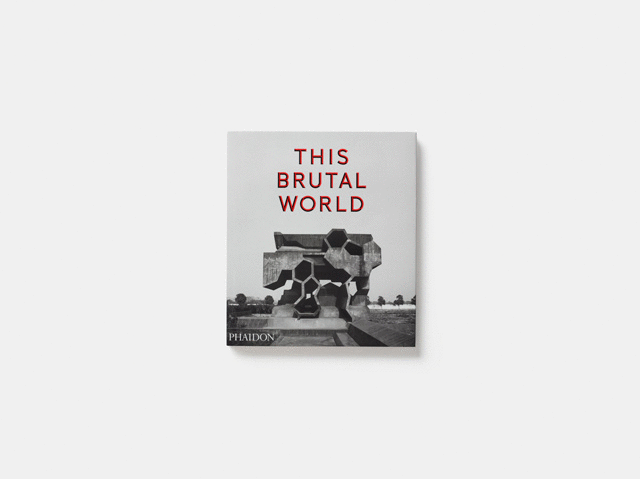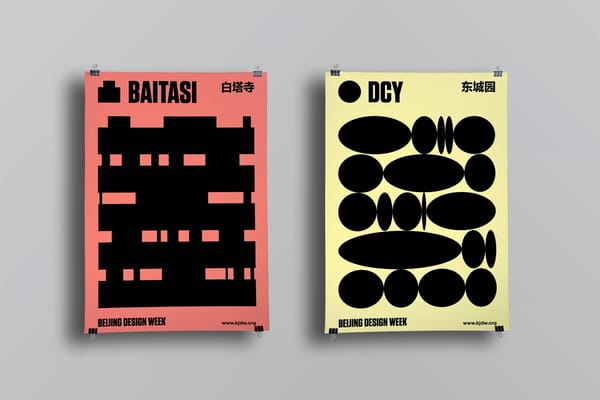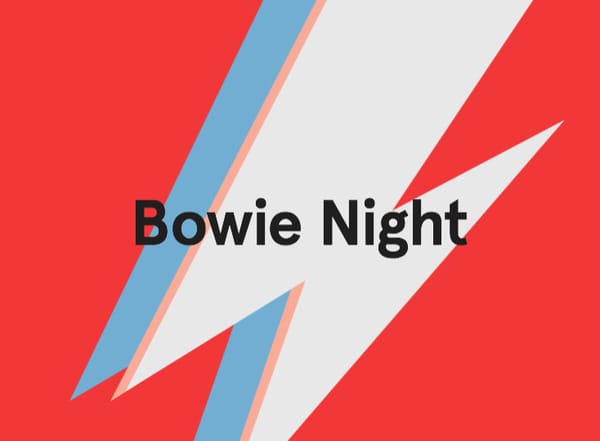Peter Curry of New Zealand-based Indie game developer Dinosaur Polo Club reveals the story of how surprise minimalist sensation Mini Metro took the game world by storm...
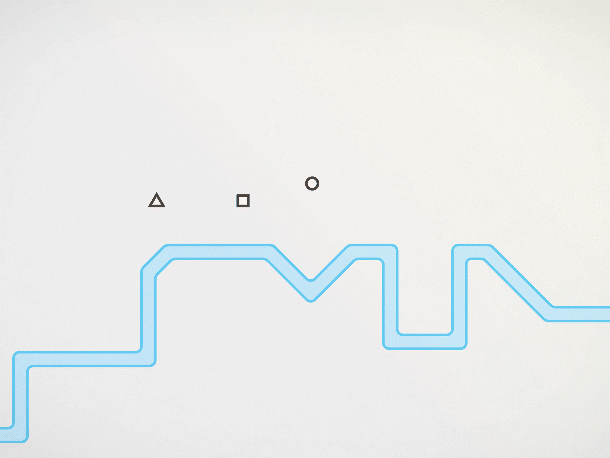
Beneath the AAA dominance of the video game industry, lies the relatively obscure world of independent game publishing. What they lack in big budgets, indie developers make up for in creativity. Enter Peter and Robert Curry, twins from Wellington, New Zealand. The pair embarked on their game Mind The Gap in 2013 – a minimalistic, transport simulation game, which would eventually be renamed Mini Metro, upon release in 2014.
Inspired by Robert Curry’s experiences traveling on the London Underground, the concept behind Mini Metro puts the player in charge of managing routes between stations, marked by various shapes to differentiate demand by the ever increasing rise of commuter traffic. Despite being a relatively simple concept, the twins had no idea just how much of a profound impact Mini Metro would go on to have on the game market. The game’s popularity surged as a response to its simplistic format, combined perfectly with the intelligent, original concept – a cocktail that most management game titles tend to miss.
Mini Metro’s originality hasn't gone unnoticed. In 2014, Mini Metro was a finalist for the IndieCade 2014 International Festival of Independent Games in Culver City, California. Mini Metro became a finalist in three out of six categories, as well as a nominee for the Seamus McNally Grand Prize, at the 2016 Independent Games Festival in San Francisco California.
Here, Peter Curry reflects on how Mini Metro has become such a significant icon of independent production:
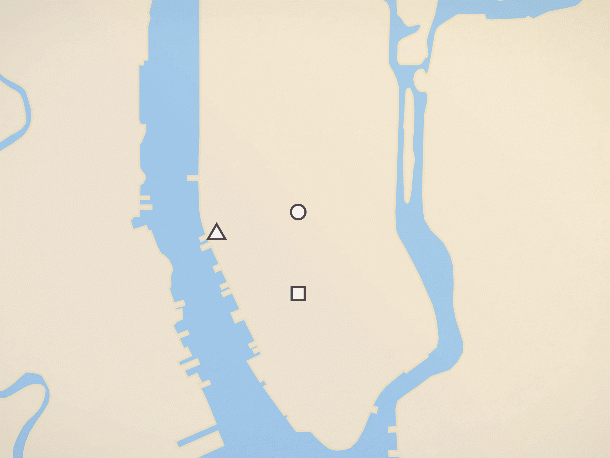
What was the inspiration for creating Mini Metro?Back in early 2013, Robert and I were throwing around ideas for a new game. We'd tried our hand at independent videogame development before, but always with a grand concept that we'd never be able to get all the way to market with a small team. I was determined that this time would be different, so were coming up with small concepts that we could finish ourselves.
One of Robert's ideas was inspired by his time travelling in London—he'd found planning each day's trips on the tube quite satisfying. Determining which stations were closest to where you wanted to get to, which lines to go on, where to transfer, etc. I wasn't convinced that game would have legs, and suggested inverting the idea by having computer-controlled passengers plot their routes around a player-designed subway network. That was the entire pitch.
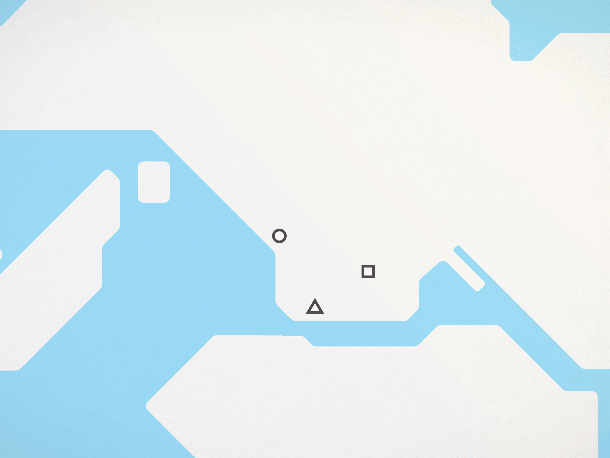
Did you expect Mini Metro to be as successful as it is?Not in the slightest. During the two-day development of the prototype we did find we enjoyed playing the game more than we expected, and had already decided to polish it up and release it on the App Store. That was mainly because we thought it'd be relatively quick to develop, not because it might have any kind of commercial success. Then we received the good feedback from the game jam community, and both our offices became obsessed with it. That was when we first realised we might be on to something. However it wasn't until the amazing response to the game on Steam Greenlight, almost a year later, that we were able to convince ourselves to work on it full-time.
What was the reason to go with the simplistic, intricate art style within the game?
It was borne of our constraints—as a team of two programmers, with zero artistic talent, we intentionally limited ourselves to concepts that we could pull off without any production art. Some other ideas that we'd discussed included a minimalist single-screen strategy game, and a two-player co-operative game designed as a mash-up between Super Hexagon and Spaceteam.
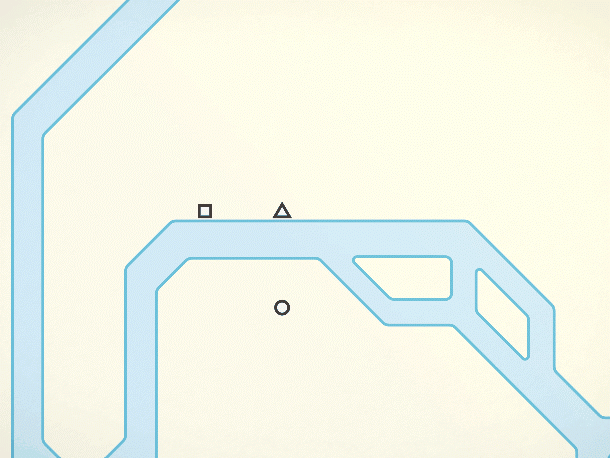
Are there any potential future updates for the game that you are excited about?Mobile! iPad was the first platform we envisaged for the game (almost three years ago now), and an obvious fit for the tactile interaction of the game. After talking with experienced mobile developers (this will be our first mobile game) we decided to take our time on the release, and work on a universal launch across smartphones and tablets. Modifying the interface and interactions to work on a much smaller screen has been a real challenge. It's quite a fiddly game, which you don't necessarily realise when you're playing on a large screen with mouse control. Touch is very imprecise in comparison, so working around that has been taxing on our designer. It feels so nice to drag lines around with your finger though.
We have a bunch of ideas for the future of the desktop build, which we want to get back to after the mobile release. How far through that list we get depends a lot on how well the mobile release goes.
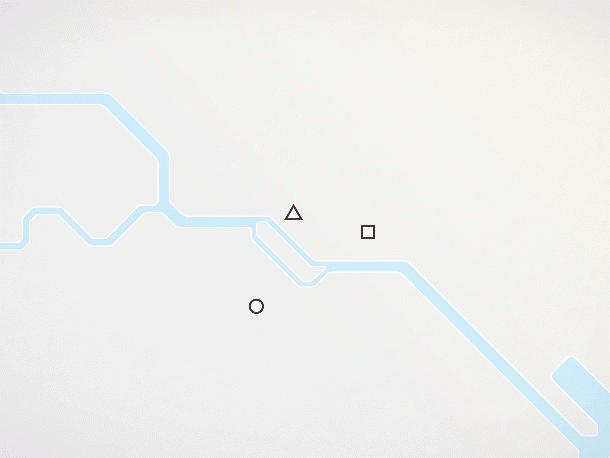
Did you find the task of creating something so original a challenge?It was more difficult than we expected. Mini Metro isn't hugely innovative: it shares a lot of mechanics with simulation games, but where it deviates heavily is the absence of any currency. We wanted the game to be about drawing a map, looking for inefficiencies, redrawing and optimising, ad infinitum. Therefore there's no limit on how often you can erase a line, move railcars around, demolish tunnels, etc. Without those limits a lot of gameplay opens up, but we lost the natural self-balancing nature of simulation games. It's more of a sandbox. We still wanted it to have a clear failure state though—trying to retain that relatively free-form play, while also retaining a traditional game structure, was tricky. Ultimately there are still a couple of issues in the game which rear their head in high-level play, but we weren't able to eliminate them without removing some of what makes the game so engaging in the first place.
There is an alternate mode of play which removes the ability to edit lines. This subversion of play fixes all of the gameplay issues, but results in a very, very different game. It's much less accessible and casual.
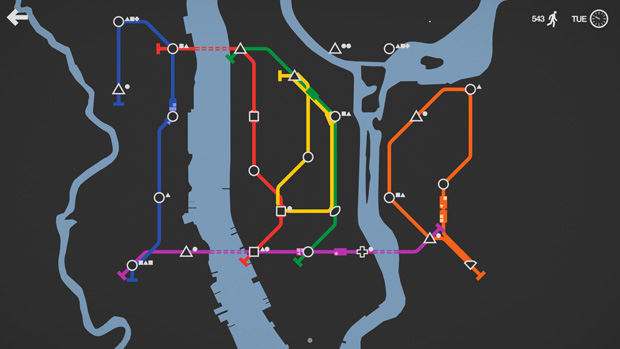
How great does it feel to have your game represented by well known YouTube associates (Nerd3, for example)?The YouTuber reception has been so good for Mini Metro. I rarely watch them all the way through as I can't stand watching people play our game, but listen to enough to get the gist and figure out if they liked it or not. Before we released the game we were aware of the whole YouTuber phenomenon, but had no idea just how influential they were in informing purchasing decisions. We had the first big stream by Northernlion a few days after launch, and then Nerd³ a week or so after that. The impact on the sales graph was *massive*. You often see independent developers worrying about press releases and trying to get mentioned by the traditional videogame press, but, wow, don't worry about that. Of course an article on Polygon or Eurogamer is good (even if they hate it), but it's unlikely to help you make payroll.



